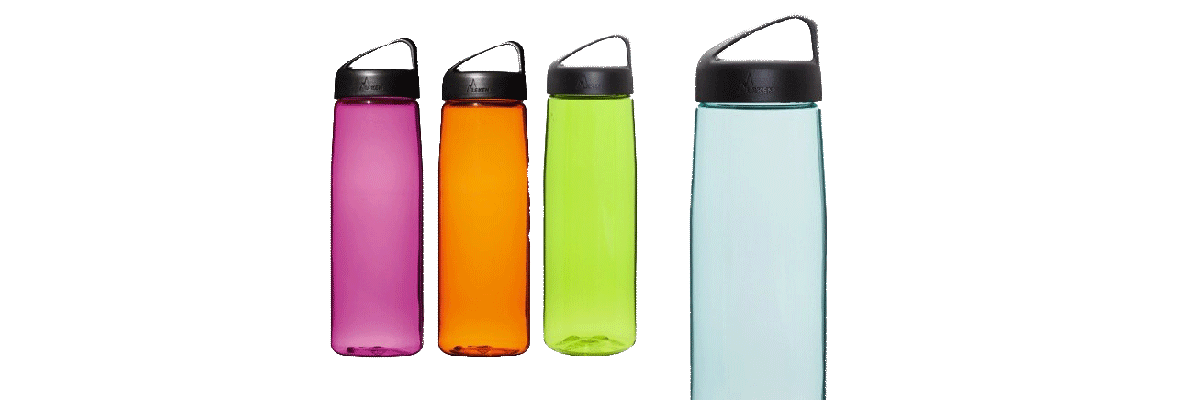Long considered an old-fashioned object that summoned vague memories of camping trips and mountain hikes, and accordingly forgotten at the back of a wardrobe, the water bottle is now making a comeback. A symbol of an eco-responsible mindset, it has quickly become one of the flagship objects of sustainable development.
Moving away from our “disposable culture”
The water bottle’s sudden popularity is down to the fact that it is both cost-effective and re-usable, making it perfectly in line with the principle of the 4Rs – Refuse, Reduce, Re-use, Recycle.
Using a water bottle instead of single-use plastic bottles and cups is one of the easiest ways to prevent waste: a great alternative to disposable containers.
Show me your water bottle and I’ll tell you who you are
Water bottles are everywhere: within reach on our desks, hanging from our bags when shopping or visiting museums, on our bike or scooter rides, at the beach, in the gym, etc. The water bottle has become the trendiest object, the must-have accessory that has to be shown off. The old-fashioned dented steel water bottles of the past have now been replaced with designer objects coming in all shapes and colours, sober and plain, colourful and flowery, elegant and graphic, and often customisable.
From rappers showing them off on Instagram to fashion designers putting them on stage at their shows, the water bottle is on a roll!
Re-use above all
Originally a dried and emptied gourd or squash in which soldiers and pilgrims carried and kept their drink, the means of carrying water evolved over time. Wooden containers were replaced by leather, then metal, ultimately leading to the current plastic water bottles.
The modern water bottle, now become fashionable and influential, must also be attractive and original: although it is always hard-wearing, it can be adapted to suit everyone’s tastes and needs. The plastic models have all the advantages the material confers: it is transparent, lightweight, shock-resistant, can take on any shape or colour, and can be customised too. Consumers have a wealth of options to choose from!
To learn more about everyday innovations with plastics, see Plastics le Mag
